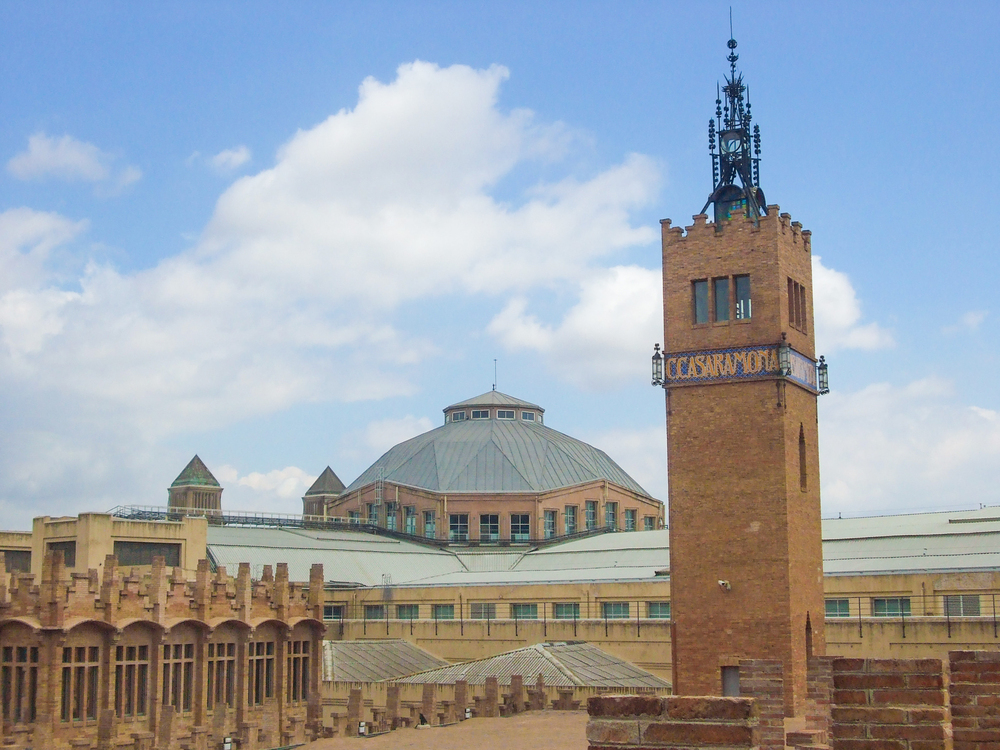
Image courtesy of turismelillet.cat, all rights reserved.
Nestled in the serene beauty of the Catalan Pyrenees is La Pobla de Lillet, a small town that has won the hearts of those seeking the authenticity of the region. Located in the Alto Bergadá sub-region, specifically in the picturesque Lillet Valley, this captivating corner has left an indelible mark on history, even attracting the attention of the renowned architect Antoni Gaudí.
With medieval roots, La Pobla de Lillet experienced a past marked by agricultural and livestock prosperity. However, during the era of industrialization, it emerged as the third textile epicenter of Catalonia due to the flourishing wool industry.
The link between Gaudí and La Pobla de Lillet was forged thanks to Eusebio Güell, founder of the Asland cement factory, which became the economic engine of the town. Güell, famous for his collaboration with Gaudí in works such as Park Güell, left a lasting legacy in La Pobla de Lillet, including a monument erected in his honor.
La Pobla de Lillet has a unique charm.

Image courtesy of turismelillet.cat, all rights reserved.
In 1902, Gaudí designed a mountain chalet for the technicians of the Catllaràs coal mines, owned by Güell’s company. Although the chalet, characterized by its peculiar architecture of pointed arch divided into several floors, was abandoned and is currently under restoration, it stands out as a living testimony of the presence of architectural genius in this remote Catalan corner.
During his stay, Gaudí resided in the house of the Artigas family, whom he thanked by designing a magnificent garden. Similar to Park Güell, this wet garden is unique in Gaudí’s work and stands out for its masterful integration with nature, using natural springs from the Llobregat River to create fountains and transform a jungle landscape into an oasis.
La Pobla de Lillet, crossed by the rivers Llobregat, Arija and Regatell, is divided into four historic neighborhoods with cobblestone streets. The neighborhoods of La Villa and La Plana, the oldest, house the remains of the old castle and the baroque church from the 18th century. Les Coromines shows an eighteenth century urbanization, while Firal stands out for its typical urbanism of the second half of the twentieth century.
The medieval environment extends to the Monastery of Santa Maria de Lillet, a 12th century building that combines styles from Romanesque to Baroque. In the surroundings, the imposing Catllaràs mountain range offers several hiking trails, revealing impressive landscapes populated by pine and beech trees and a rich fauna.
To reach La Pobla de Lillet, you can travel approximately 1 hour and 55 minutes from Girona on the C-25 road, or 1 hour and 30 minutes from Barcelona on the C-16 road.



